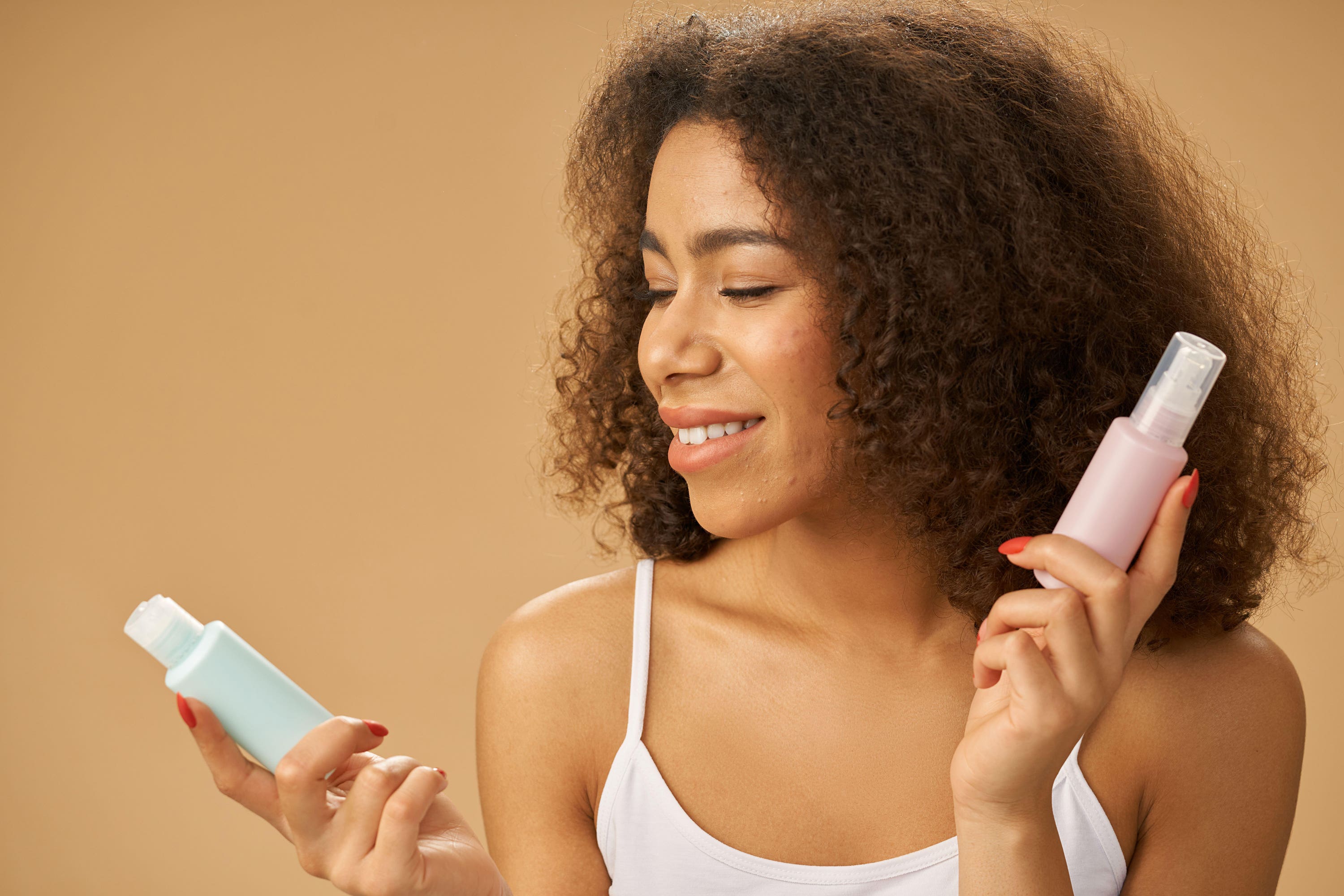Beauty experts share common mistakes you’re probably making with your skincare routine
Beauty experts reveal the errors to avoid when deciding which products to use. By Katie Wright.

Your support helps us to tell the story
From reproductive rights to climate change to Big Tech, The Independent is on the ground when the story is developing. Whether it's investigating the financials of Elon Musk's pro-Trump PAC or producing our latest documentary, 'The A Word', which shines a light on the American women fighting for reproductive rights, we know how important it is to parse out the facts from the messaging.
At such a critical moment in US history, we need reporters on the ground. Your donation allows us to keep sending journalists to speak to both sides of the story.
The Independent is trusted by Americans across the entire political spectrum. And unlike many other quality news outlets, we choose not to lock Americans out of our reporting and analysis with paywalls. We believe quality journalism should be available to everyone, paid for by those who can afford it.
Your support makes all the difference.With thousands of skincare products in the shops – and more launching every year – it can be hard to know where to start when building a daily routine.
Should we all be following the fabled Korean 12-step regime, or is the recent trend for pared-back ‘skinimalism’ the way forward? Should you stick to the same products religiously, or is it better to keep experimenting until you find your perfect match?
We asked experts to run down some of the most common mistakes people make when making skincare selections…
1. Not covering the basics
“The main mistake people make when it comes to their skincare is not covering the basics,” says aesthetician and author Caroline Hirons, who created the app Skin Rocks (skinrocks.com) to help consumers find the right products for their complexion.
“Any skincare routine, whether you are just starting out or are a skincare fanatic, should include three key products: cleanser, moisturiser and SPF.”
2. Using too many products
At the other end of the spectrum, there’s no need to load up on every ‘must-have’ oil or active-packed serum that hits the market.
“Using too many products will over-complicate things and can result in a compromised skin barrier,” suggests Dr Sonia Khorana, clinical dermatology expert for Olay (olay.co.uk).
Khorana’s recommendation? “Use an antioxidant product followed by a good sunscreen in the morning, and finish the day with a retinoid before sleeping. I prefer the ‘less is more’ approach, and these three products are very effective.”
3. Using the wrong products
“With so many products out there, it’s easy to end up using the wrong product for your skin type or concern,” says Hirons. “Start by identifying these, and go from there.”
Most products are aimed at skin types that are dry (tight or flaky), oily (appear shiny), combination (an oily T-zone), or normal (hydrated skin that’s neither dry nor oily). Plus, you can look out for ingredients targeting concerns such as acne, rosacea, pigmentation or sensitive skin.
“It is important to use a product designed for your skin type,” says Khorana. “For example, when you have oily/acne-prone skin, you want to look for lighter textures and non-comedogenic (non-pore clogging) ingredients, because using heavier textured creams in your routine may cause clogged pores and subsequent breakouts.”
4. Spending a fortune
With price tags reaching well over £100 for a small bottle of celebrity-approved serum or pot of luxury face cream, you can easily shell out a vast amount on skincare if you want to.
“Many believe they have to buy the most expensive creams on the market to get the best results,” says Khorana. “However, you can buy really effective products that have science-backed ingredients on the high street.”
If you do want to splash out on a pricey product, Hirons says to balance it out with the rest of your routine: “I’d recommend buying a more affordable cleanser and moisturiser, and put what you can afford to into treatments or serums – for example, a retinol or acid.”
5. Not using sun protection all year round
When wintry weather arrives it may be tempting to ditch the sunscreen, but don’t forget UV rays can still penetrate through cloud cover.
“I recommend daily sunscreen use all year round to my patients, to help protect against skin cancer [and to] treat uneven pigmentation,” says Khorana.
She even advises wearing it when you’re not going outside: “If you’re indoors and you’re going to be sitting by a window all day working at your desk, you’re still exposed to UVA, which causes ageing. UVA rays are present all year round – as long as there’s daylight, there’s UVA.”
6. Thinking you can become ‘immune’ to products
Have you ever used a new product and found after a promising start the effects faded? That doesn’t mean you’ve built up an immunity.
“Your skin can sometimes reach a visible plateau where you might forget what your skin looked like before you started using new products,” Khorana explains.
“For example, once your product has started to fade initial unwanted pigmentation from your skin and create a more even-toned look, there are fewer results that you might see over time.”
So there’s no need to immediately abandon the product: “It’s simply a perception situation, in that what you are seeing now is the new normal.”